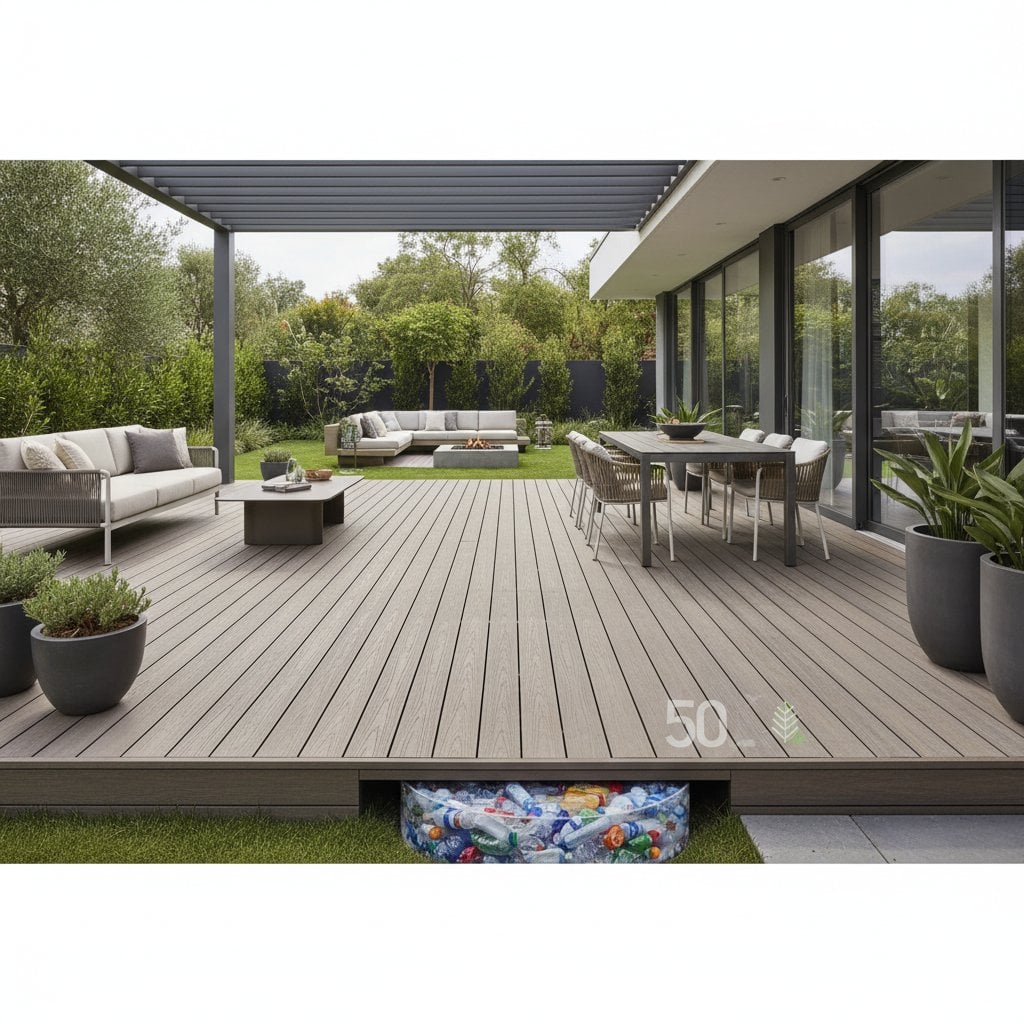Why Hempcrete Tops 2025 Eco-Insulation Trends
Key Points
- Hempcrete is gaining momentum as a preferred insulation material thanks to its carbon-sequestering properties and thermal efficiency.
- Homeowners are drawn to its combination of sustainability, durability, and cost-effectiveness over time.
- Unlike traditional insulation, hempcrete contributes to healthier indoor environments by regulating humidity and preventing mold.
- While upfront costs may be slightly higher, long-term savings and market value appreciation make it a practical investment.
- Its adaptability across climates and construction types allows it to fit into both new builds and retrofits.
Why Hempcrete Matters Financially and Environmentally
Hempcrete offers a rare combination of economic and ecological benefits. On the financial side, its thermal performance reduces heating and cooling costs significantly, often cutting energy bills by 30 to 50 percent depending on climate and home design. Environmentally, it is a carbon-sequestering material, meaning it actively absorbs and stores carbon dioxide during its curing process. This makes it a true negative-carbon building product, unlike conventional insulation which often generates emissions during manufacturing.
For homeowners concerned about resale value, hempcrete also adds market appeal. Buyers are increasingly savvy about sustainable features, and homes with advanced eco-insulation often sell faster and at higher prices compared to those with outdated or inefficient systems.
Cost Considerations and ROI
Upfront costs for hempcrete can be moderately higher than fiberglass or foam, sometimes ranging from 10 to 20 percent more depending on local material availability and labor expertise. However, the return on investment becomes clear when factoring in:
- Energy Savings: Potential reductions of 30 to 50 percent in heating and cooling costs.
- Maintenance Savings: Fewer repairs from moisture damage, mold remediation, or insulation replacement.
- Resale Value: Sustainable homes can command premiums of 5 to 15 percent in many markets.
- Insurance Potential: Fire and pest resistance may reduce premiums in certain cases.
When viewed through a lifecycle lens, hempcrete often outperforms traditional insulation by delivering long-term cost savings and environmental dividends.
Health and Wellness Benefits
Hempcrete is not only about sustainability and savings, it also enhances indoor living conditions. Many conventional insulation materials can release volatile organic compounds (VOCs) or trap moisture that leads to mold growth. Hempcrete avoids both issues.
- Air Quality: Free from toxic binders and chemicals, hempcrete supports healthier air.
- Humidity Balance: By maintaining optimal indoor humidity, it reduces respiratory irritation and supports overall wellness.
- Acoustic Comfort: The porous structure of hempcrete provides natural sound insulation, creating quieter living environments.
For families concerned about wellness, hempcrete represents a building material that actively contributes to healthier living rather than posing hidden risks.
Regional and Climate Considerations
Hempcrete performs well in a wide range of climates, but results can vary based on local conditions. In hot and humid regions, it helps maintain comfort by buffering humidity and reducing cooling loads. In colder climates, its thermal mass stabilizes indoor temperatures and reduces heating demand.
Local building codes can influence feasibility. Some jurisdictions have not yet fully integrated hempcrete into their code frameworks, which may require additional permitting steps. However, industry adoption is accelerating, and many building officials are becoming more familiar with hemp-based construction methods.
Comparing Hempcrete With Other Insulation Options
Fiberglass
- Pros: Low upfront cost, widely available.
- Cons: Shorter lifespan, poor moisture resistance, limited environmental benefit.
Spray Foam
- Pros: High R-value per inch, effective air sealing.
- Cons: Expensive, prone to off-gassing, difficult to remove or repair.
Mineral Wool
- Pros: Fire resistant, durable.
- Cons: Energy-intensive production, not carbon negative.
Hempcrete
- Pros: Carbon sequestration, moisture regulation, fire and pest resistance, long lifespan.
- Cons: Higher upfront cost, requires skilled installation.
This comparative analysis shows that while hempcrete may not be the cheapest option at installation, it often delivers the strongest combination of financial, environmental, and performance benefits over time.
Frequently Asked Questions
Is hempcrete legal everywhere?
Hempcrete is legal in most places, but some regions may have slow regulatory adoption. Always check local building codes before beginning a project.
Does hempcrete replace all insulation?
It can serve as the primary insulating material in many wall systems, though in extreme climates it may be paired with additional insulation layers.
Will hempcrete walls look rustic or unfinished?
Not necessarily. Hempcrete walls can be finished with lime plaster, drywall, or other standard finishes, allowing flexibility in design aesthetics.
Can I DIY hempcrete?
Small projects can be DIY-friendly, but for full wall systems or large retrofits professional guidance is strongly recommended to ensure proper mixing, curing, and structural integration.
Is hempcrete load-bearing?
No. Hempcrete is non-structural and must be combined with a frame system such as wood or steel for load-bearing capacity.
How does it perform against extreme weather?
Hempcrete has strong resilience against fire, pests, and moisture. In climate extremes, its thermal mass helps stabilize indoor comfort, though supplemental systems may sometimes be needed.
Making It Happen
For homeowners considering sustainable upgrades, hempcrete represents one of the most forward-looking choices available. It is not simply a material substitution, it is a strategic investment that improves comfort, reduces costs, enhances resale value, and actively helps combat climate change.
The next step is practical planning. Begin by identifying whether your project is new construction or retrofit, then consult local contractors with hempcrete experience. Explore financing options that reward energy efficiency, and model your expected energy savings to understand your personal ROI.
In a housing market where sustainability and resilience are becoming lasting priorities, hempcrete is more than a trend. It is a material that delivers financial confidence, environmental responsibility, and everyday comfort in one integrated package. By adopting hempcrete, homeowners are not just insulating their spaces, they are insulating their future.










